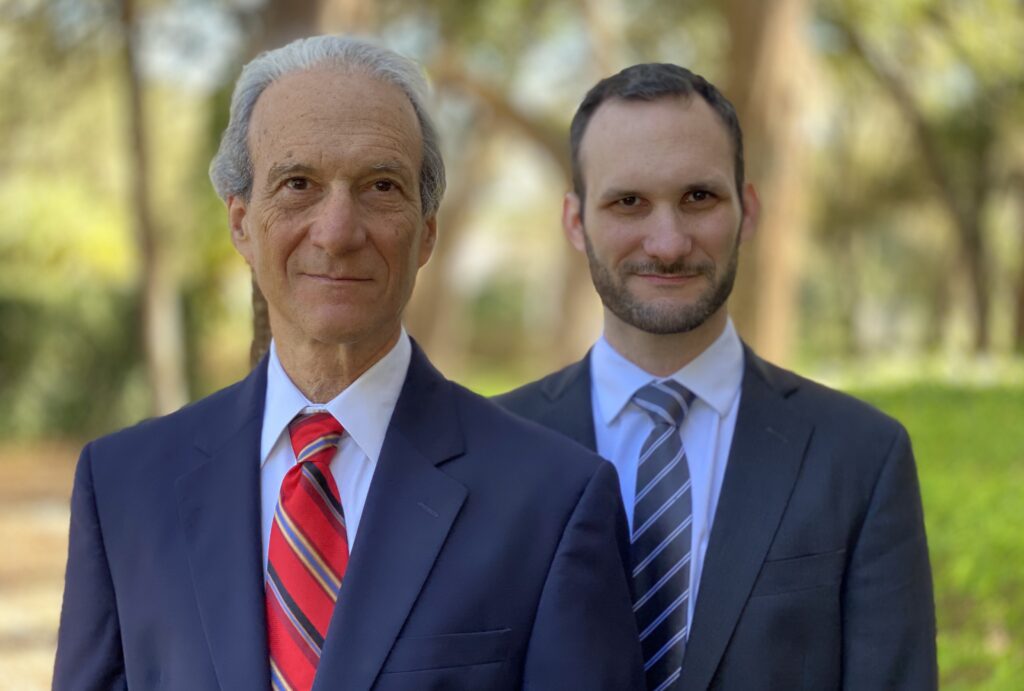Life Estate Deeds in Florida
A life estate deed in Florida is a legal document that allows property owners to maintain control and ownership of their real estate during their lifetime, while ensuring the property automatically transfers to a designated beneficiary upon their death.
This type of deed is commonly used to avoid probate, as the transfer of ownership occurs immediately when the original owner passes away. It offers a straightforward way to ensure a seamless transition of property while still allowing the owner to manage or live on the property for the rest of their life.
Benefits of a Life Estate Deeds
One of the main benefits of a life estate deed is that it simplifies the inheritance process by bypassing probate. Because the property is transferred automatically upon death, the new owner, called the “remainderman,” gains ownership without automatically.
Additionally, the original owner, or “life tenant,” retains full control of the property during their lifetime, including the right to sell or mortgage the property.
Differences Compared to a Lady Bird Deed
A life estate deed differs from a lady bird deed in key ways. A life estate deed locks in the future owner, meaning the property cannot be sold or changed without the consent of the person holding the remainder interest. In contrast, a lady bird deed is revocable. With a lady bird deed, the property owner retains full control and can change the beneficiary or sell the property without needing anyone’s permission.
Most people prefer using a lady bird deed rather than a life estate deed because a lady bird deed gives the owner more control. You can also change your mind about who will inherit the property with a lady bird deed.
We prepare deeds for clients throughout Florida.
We charge a flat fee for a consultation and preparation of your lady bird deed. Our attorneys can do everything remotely by phone or Zoom.

Why Are Life Estate Deeds Used?
Life estate deeds are sometimes used by property developers in Florida with long-term plans for real estate development. The developer will pay the current owner a sum of money and allow the current owner to retain a life estate in the property, naming the developer as the remainder interest. In this way, the current owner gets to stay in the property during their lifetime while still enjoying payment for the property.
Requirements for Life Estate Deeds
A Florida life estate deed must include legal terminology that separates ownership into the life estate and the remainder interest. The life estate holder owns and controls the property during their lifetime. The remainder interest is the right to own and control the property upon the death of the life estate holder.
With a life estate deed, you must get the consent of the remainder interest holder to sell, mortgage, or transfer the property.
How to Set Up a Life Estate Death in Florida
Creating a life estate deed requires the property owner to (1) draft the deed with the property’s full legal description, (2) designate who will receive the property upon the death of the owner, (3) sign the deed with two witnesses and a notary, and (4) record the deed in the official records of the county where the property is located.
Sign up for the latest information.
Get regular updates from our blog, where we discuss asset protection techniques and answer common questions.









